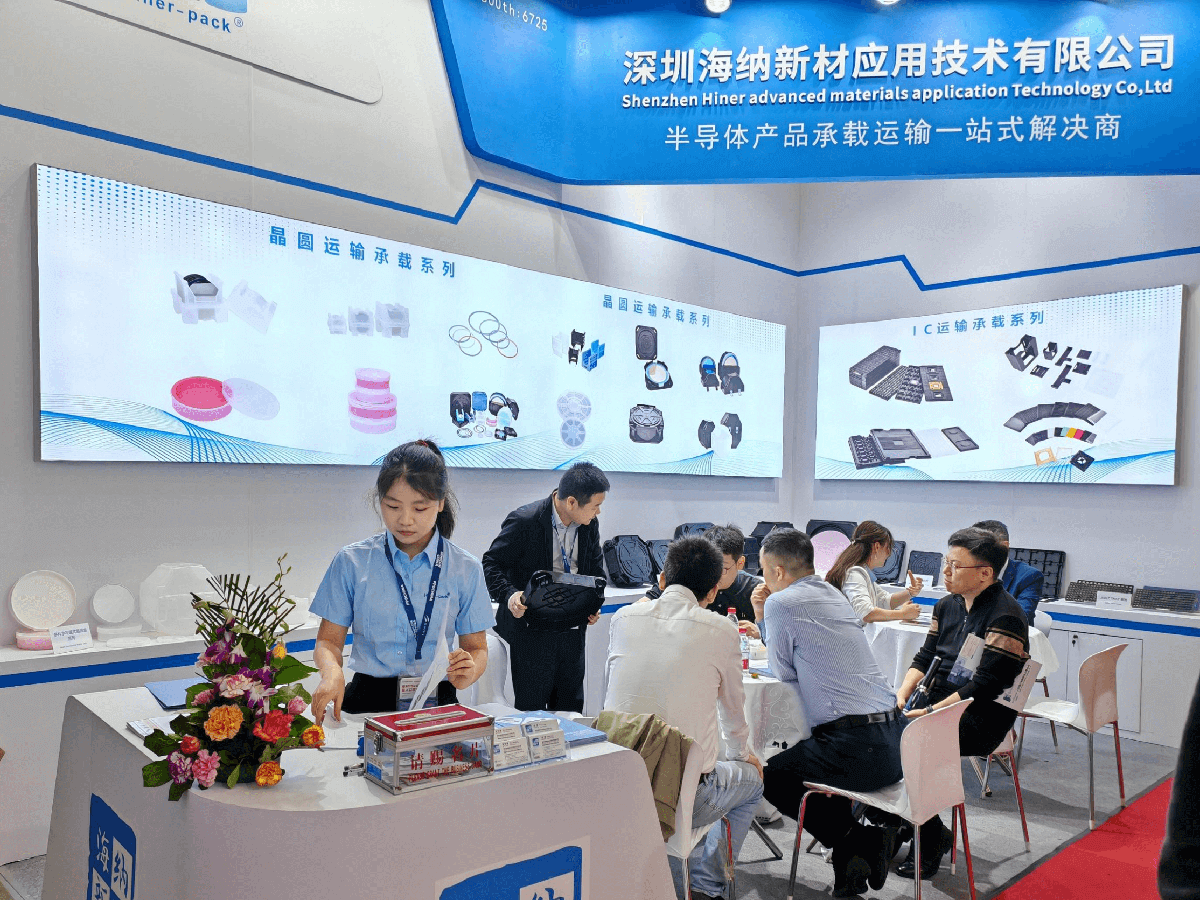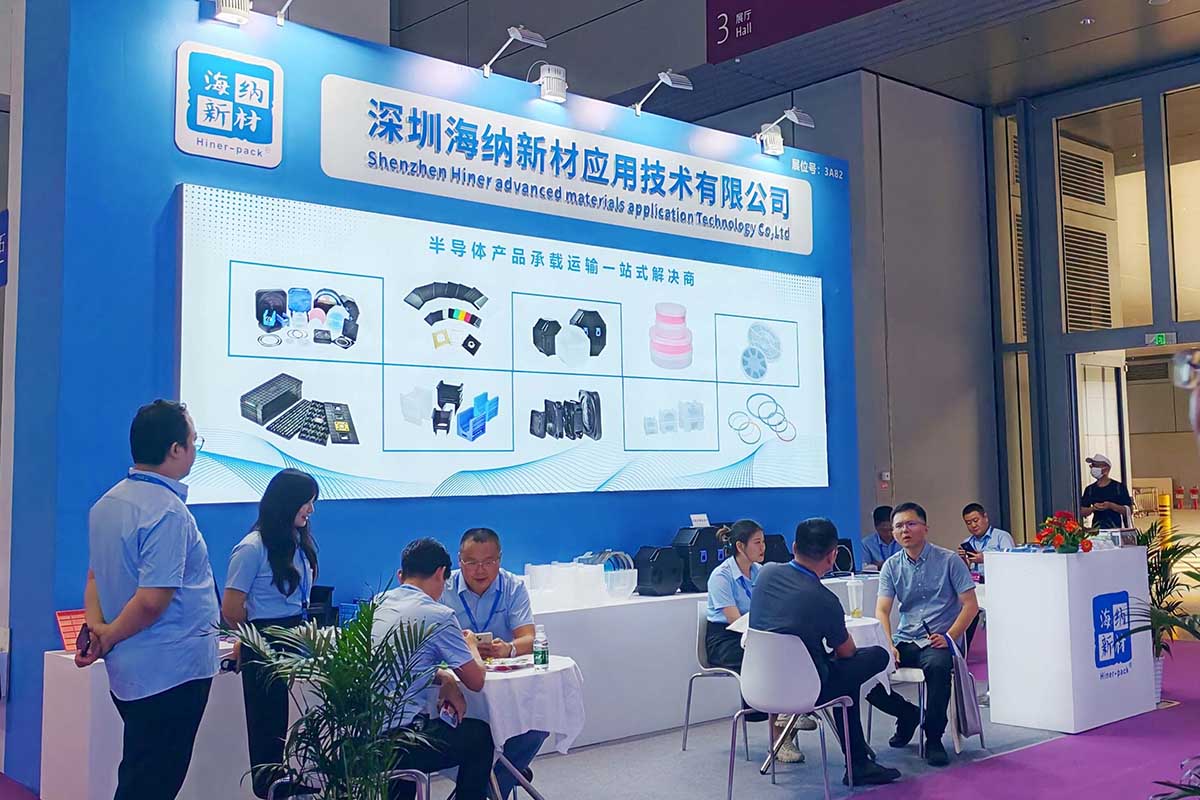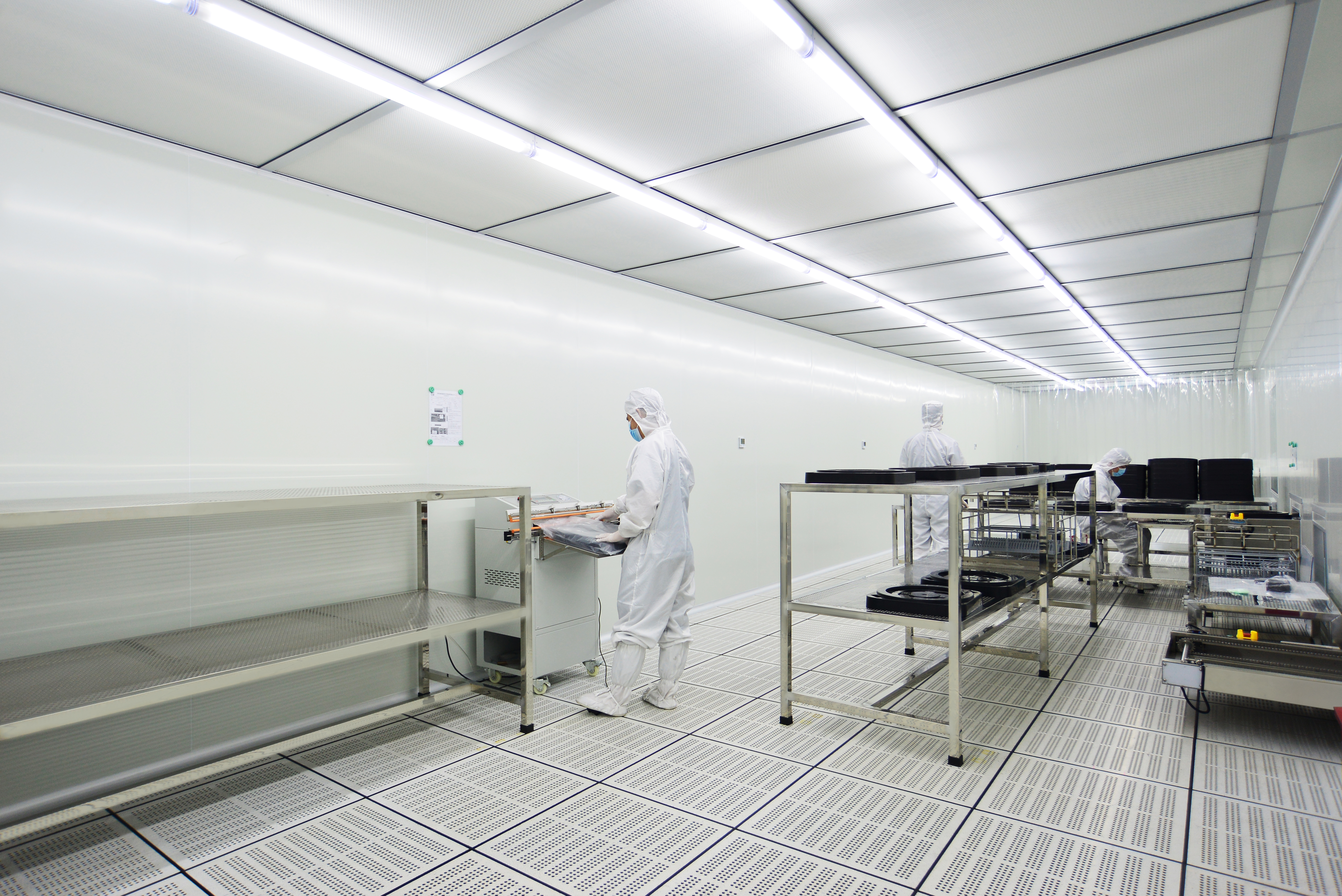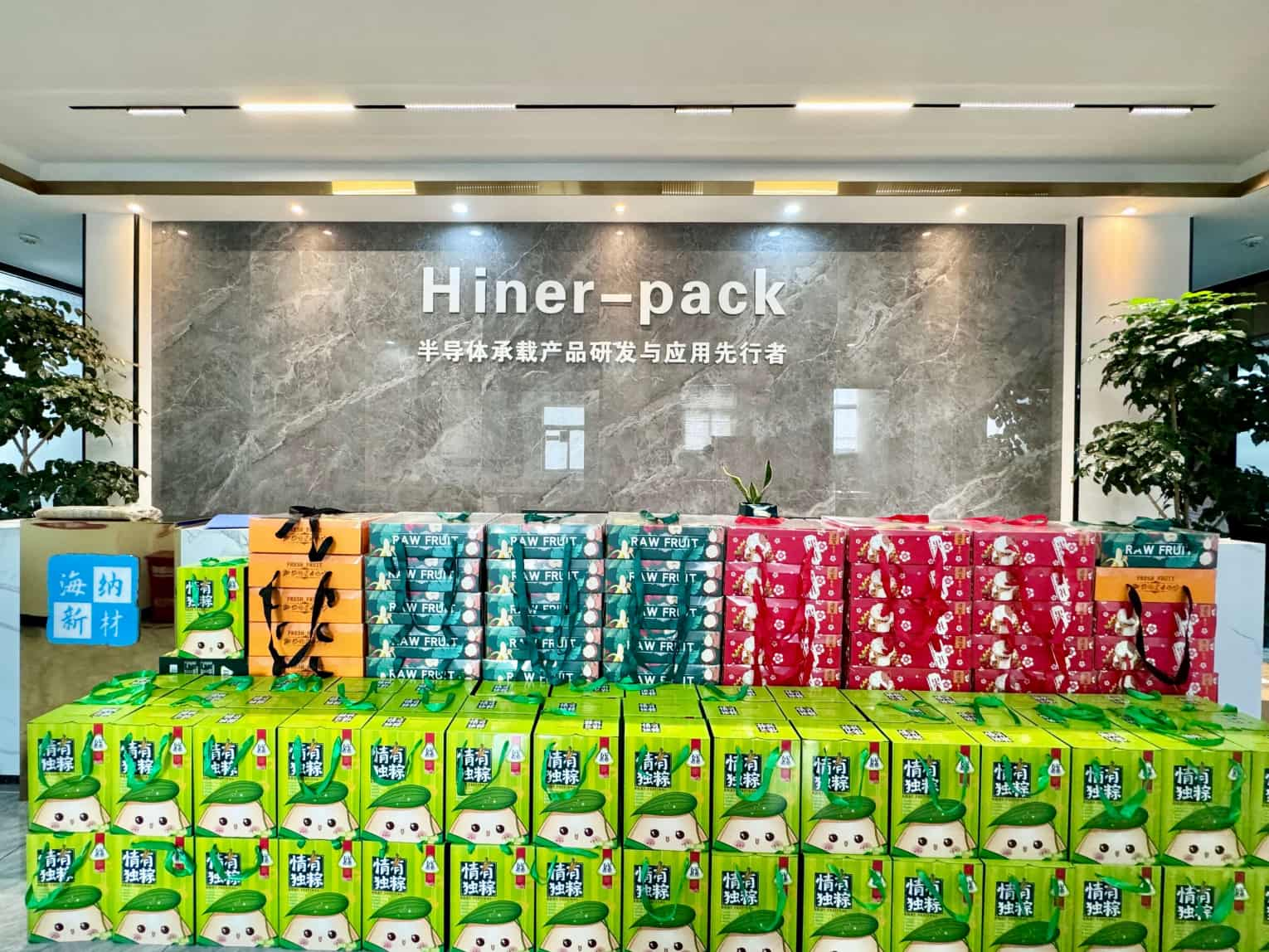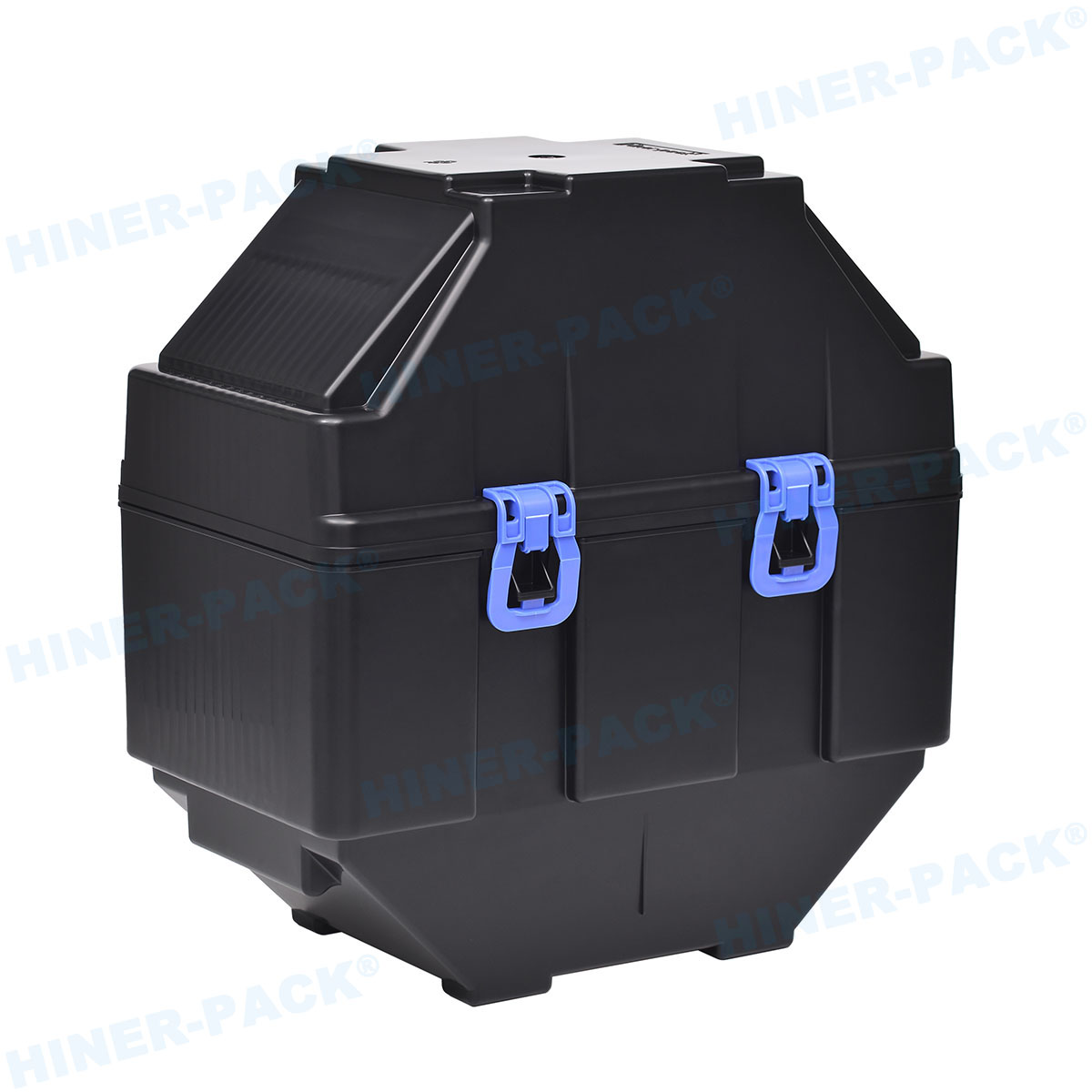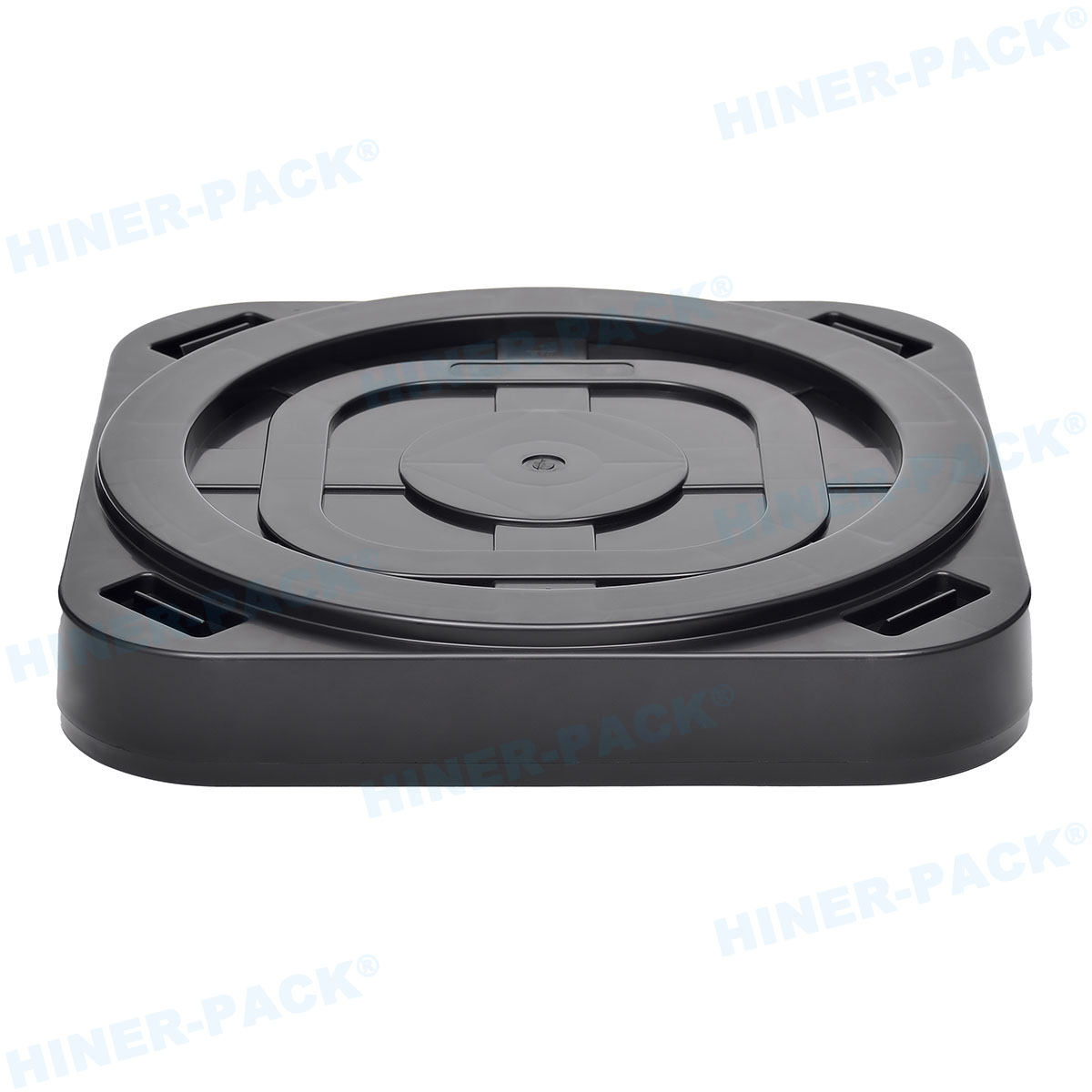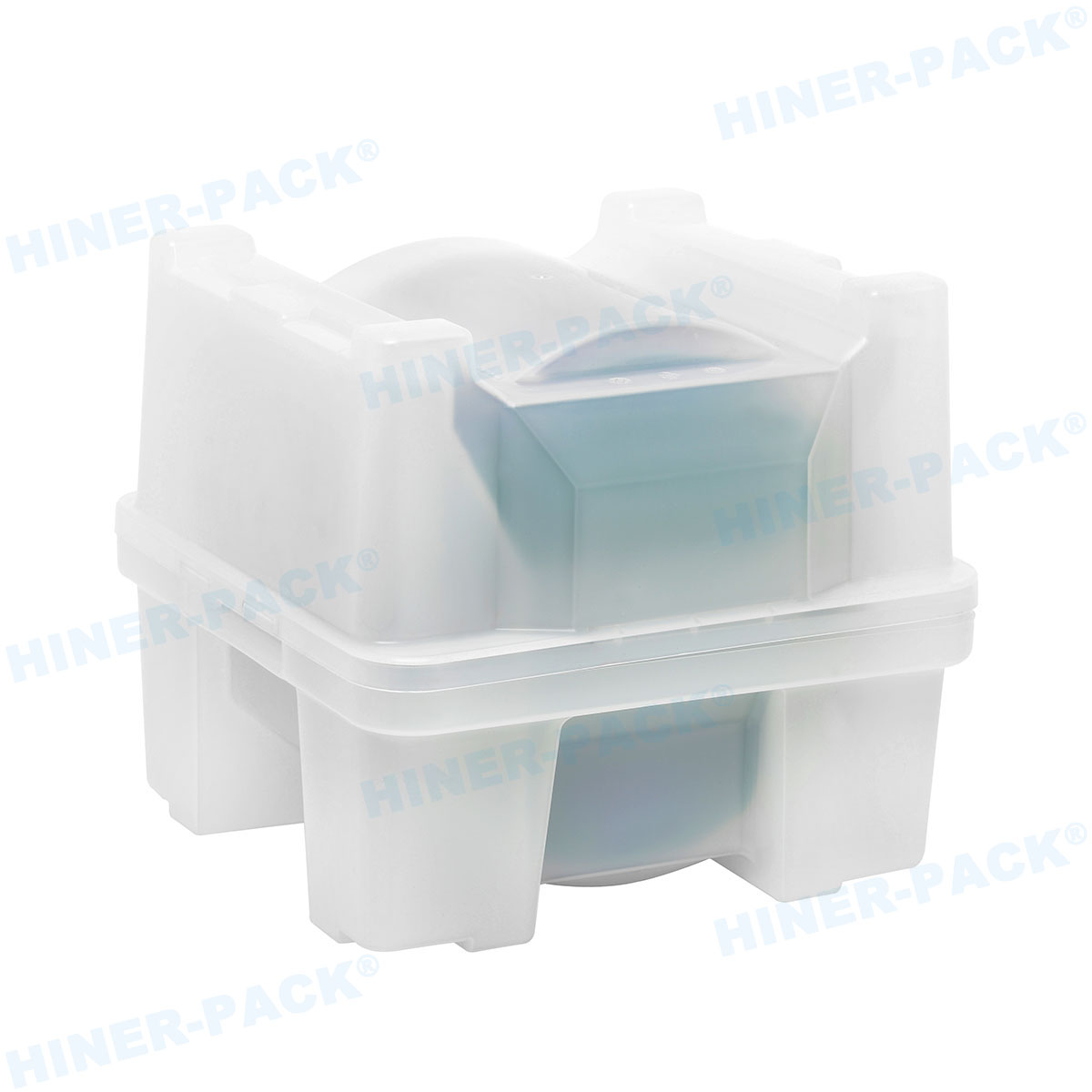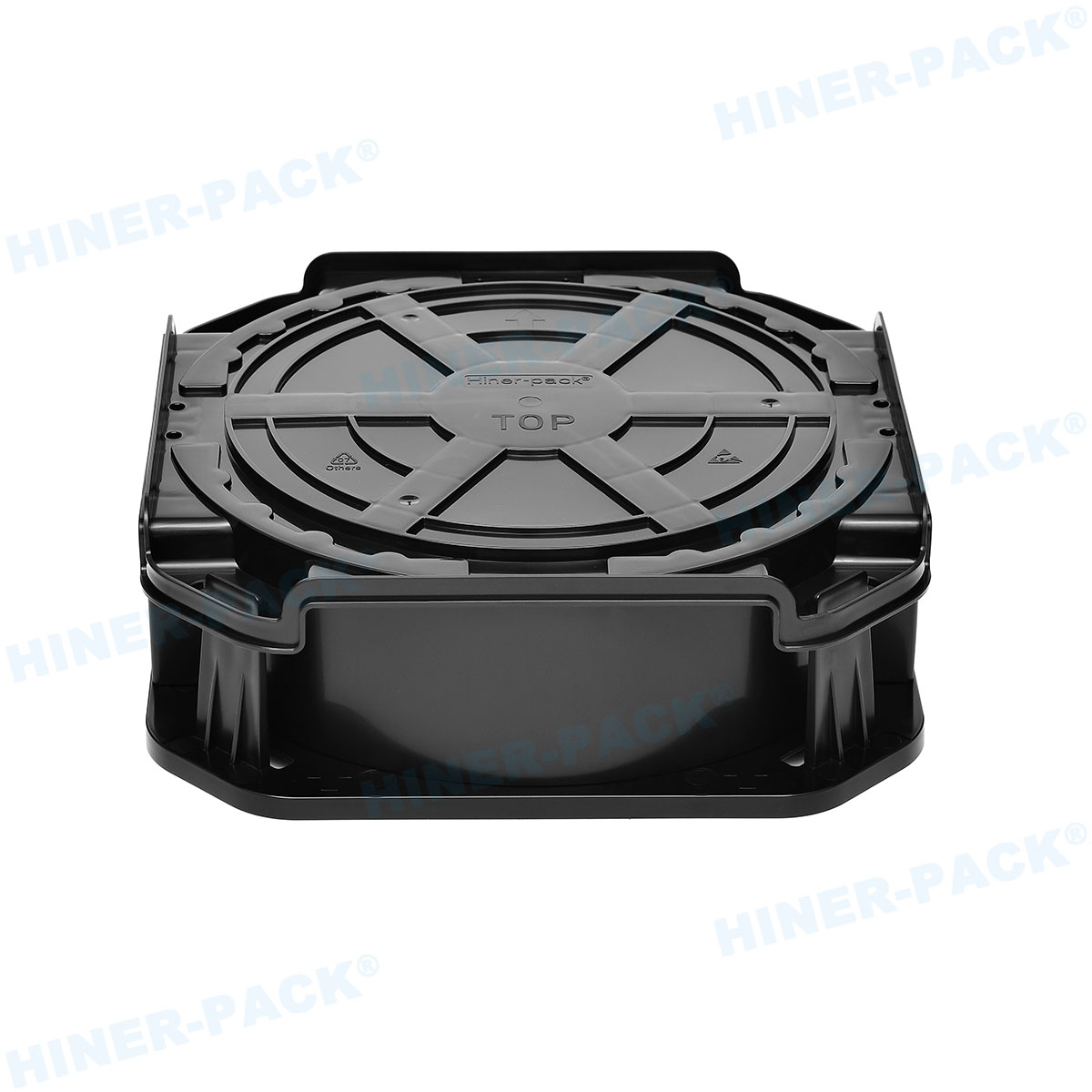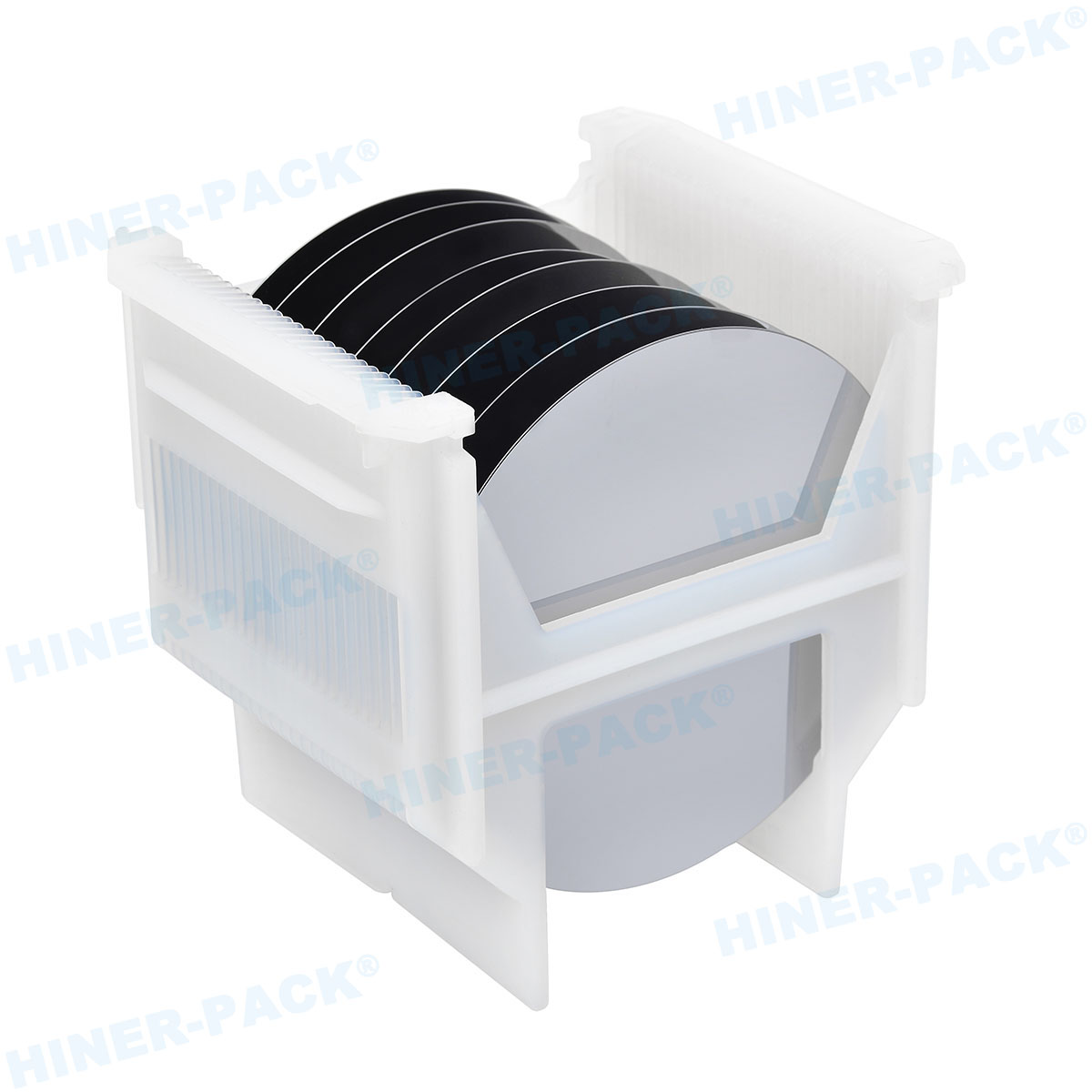In the highly precise world of semiconductor manufacturing, every component plays a vital role in ensuring efficiency, yield, and quality. Among these, the wafer frame cassette stands out as an essential tool for handling and transporting silicon wafers during various stages of production. This article delves into the intricacies of wafer frame cassettes, covering related elements like the wafer frame carrier, the specifics of the 300mm wafer frame cassette, insights into selecting a reliable wafer frame cassette manufacturer, and the advantages of opting for a custom wafer frame cassette. With the semiconductor industry evolving rapidly, understanding these components is crucial for optimizing processes. We will also explore common problems associated with wafer frame cassettes and practical solutions, providing a comprehensive overview for engineers, procurement specialists, and industry newcomers alike. By the end, you'll have a clearer picture of how these devices contribute to seamless manufacturing lines and what to consider when integrating them into your operations.
The importance of a wafer frame cassette cannot be overstated. It serves as a protective enclosure that holds wafers securely in frames, preventing contamination, physical damage, and misalignment during movement between tools such as dicing saws, inspection stations, and storage units. As wafer sizes increase, particularly with the dominance of 300mm wafers, the design and functionality of these cassettes have become more sophisticated. This article aims to break down key aspects in an accessible manner, avoiding overly technical jargon while maintaining accuracy. Whether you're involved in procurement, production, or R&D, this resource will help you make informed decisions. We'll start by defining the basic concepts, move into specialized types, discuss manufacturing considerations, and address frequent challenges, all while keeping the focus on practical applications. Let's begin with a fundamental question: what exactly is a wafer frame cassette?
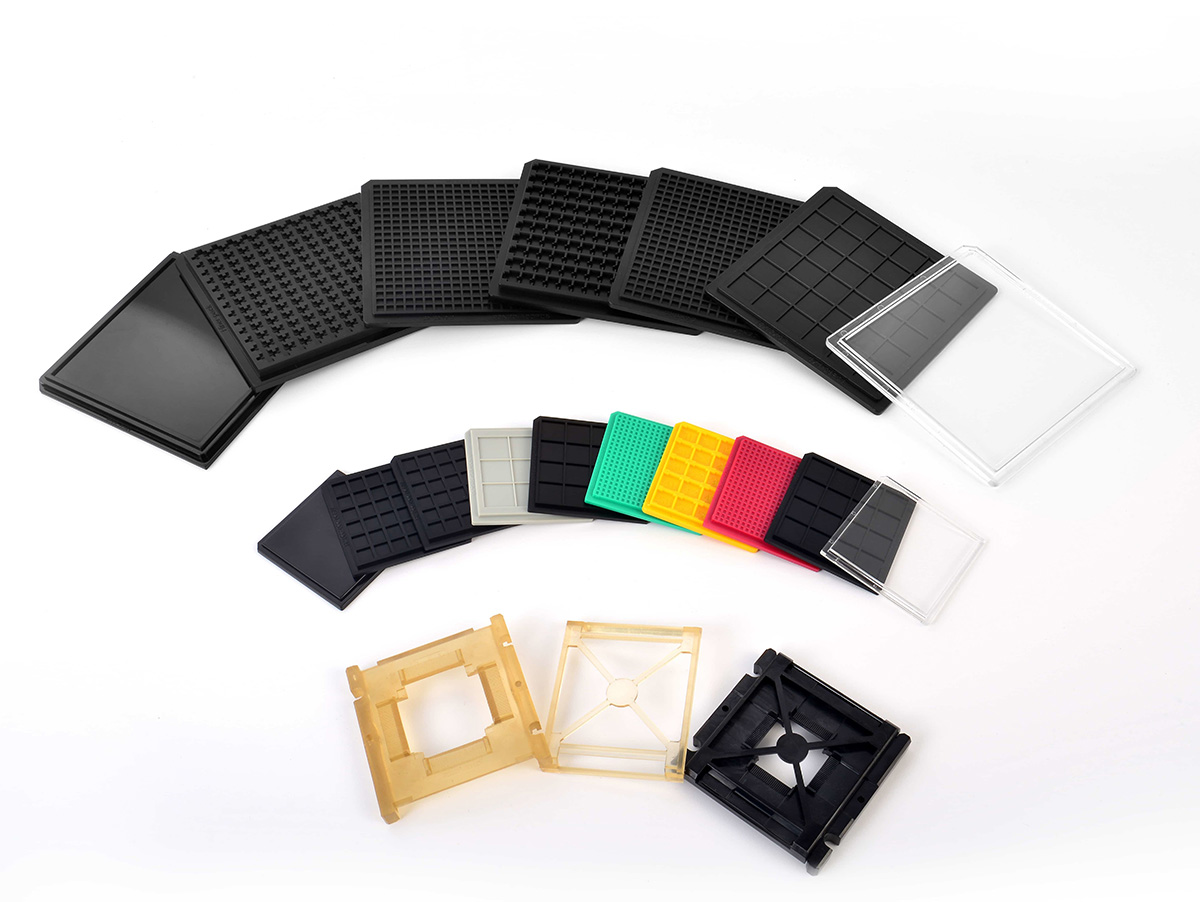
What is a Wafer Frame Cassette?
A wafer frame cassette is a standardized container used in semiconductor fabrication facilities (fabs) to store and transport wafers that are mounted on frames. Typically made from materials like polycarbonate, stainless steel, or other cleanroom-compatible plastics, these cassettes are designed to accommodate multiple wafers simultaneously, often in a vertical or horizontal stack. The primary purpose is to safeguard delicate wafers from environmental hazards such as dust, static electricity, and mechanical shocks. Each cassette is engineered to fit seamlessly into automated handling systems, ensuring smooth transitions between process steps. The design includes features like precision slots, locking mechanisms, and RFID tags for tracking, which enhance operational efficiency.
The evolution of the wafer frame cassette has been driven by industry standards, such as those set by SEMI (Semiconductor Equipment and Materials International). For instance, a standard wafer frame cassette might hold 25 wafers, but variations exist depending on wafer size and application. In practice, these cassettes are often used in conjunction with a wafer frame carrier, which provides additional support during transportation between different zones within a fab. The integration of cassettes into larger material handling systems underscores their role in minimizing human intervention, thereby reducing the risk of contamination. As we proceed, we'll see how specific types, like the 300mm wafer frame cassette, have become industry benchmarks. Understanding this foundation is key to appreciating the nuances of selection and customization, which we'll cover later.
The Role of Wafer Frame Carrier in the Production Line
A wafer frame carrier is closely related to the wafer frame cassette but serves a distinct function. While the cassette is primarily for storage and stationary handling, the carrier is designed for active transportation. Think of it as a mobile unit that encases one or more cassettes, providing an extra layer of protection during movement across the fab floor or even between facilities. Carriers are built to withstand vibrations, temperature fluctuations, and potential impacts, often featuring shock-absorbing materials and sealed environments to maintain cleanliness. In automated lines, carriers are integrated with robotic arms or conveyor systems, ensuring that wafers remain aligned and secure.
The synergy between a wafer frame carrier and a wafer frame cassette is critical for maintaining high yields. For example, in a typical workflow, wafers are loaded into cassettes after being diced, and then these cassettes are placed into carriers for transfer to testing or packaging areas. This separation of functions allows for modularity and flexibility in production layouts. When selecting a carrier, factors like weight capacity, compatibility with existing cassettes, and compliance with safety standards are paramount. Moreover, as fabs adopt Industry 4.0 practices, smart carriers with IoT sensors for monitoring conditions like humidity and temperature are gaining traction. This emphasis on robust transportation highlights why a reliable wafer frame cassette manufacturer often offers complementary carrier solutions, ensuring end-to-end protection. Next, we'll zoom in on one of the most common sizes: the 300mm variant.
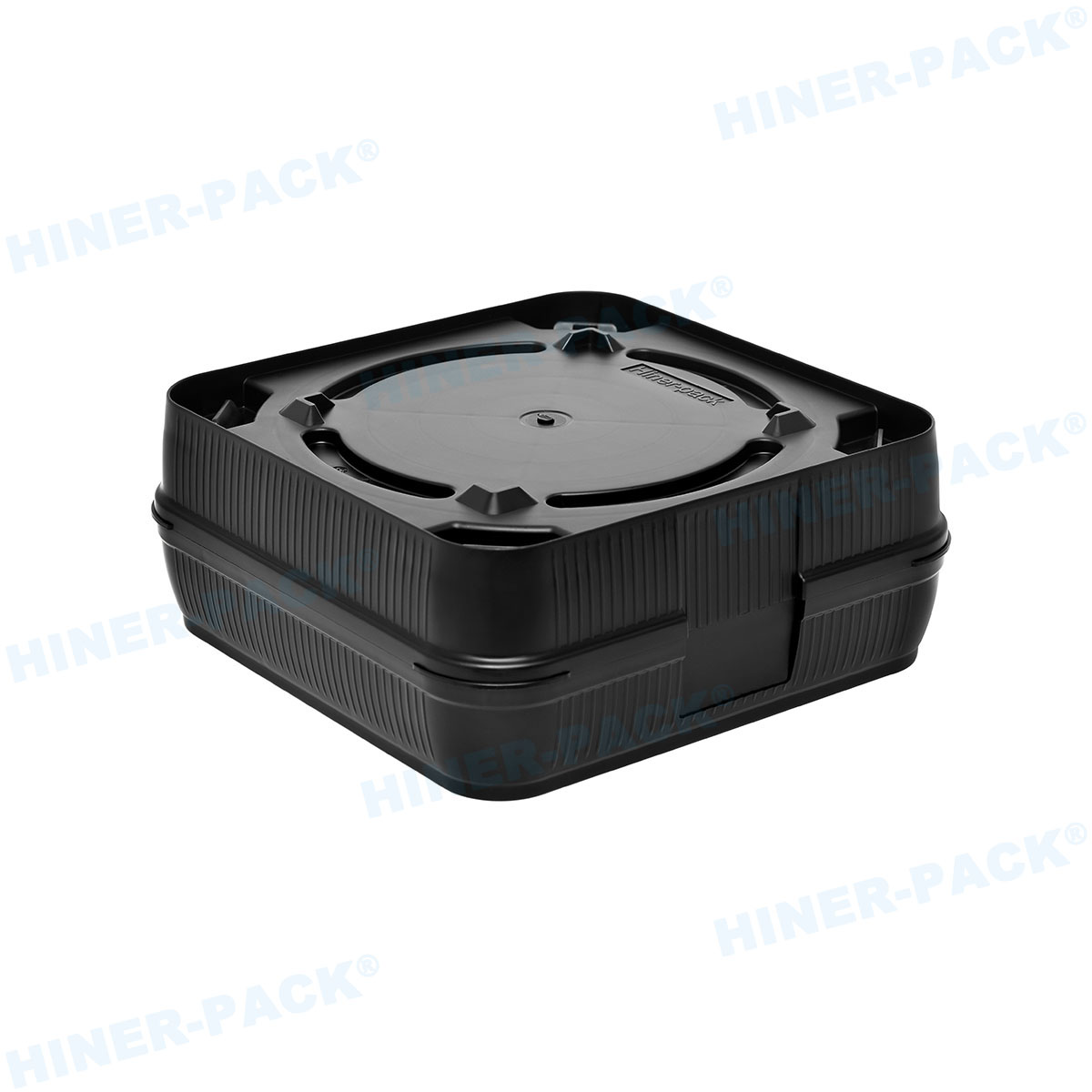
Advantages of Using 300mm Wafer Frame Cassette
The 300mm wafer frame cassette has become the industry standard for advanced semiconductor manufacturing, and for good reason. With larger wafers, manufacturers can produce more chips per wafer, leading to economies of scale and reduced costs per unit. A 300mm wafer frame cassette is specifically designed to handle these larger diameters, typically offering a capacity of 25 wafers while maintaining strict dimensional tolerances. The advantages include improved space utilization in fabs, as fewer cassettes are needed to process the same number of chips compared to smaller wafers. Additionally, the design of a 300mm wafer frame cassette often incorporates enhanced features such as anti-static coatings and advanced locking systems to prevent wafer shift during handling.
From a productivity standpoint, the 300mm wafer frame cassette supports higher throughput in automated lines. Its compatibility with state-of-the-art equipment, such as automated material handling systems (AMHS), reduces cycle times and minimizes manual interventions. This is particularly important in high-volume fabs where even minor inefficiencies can lead to significant losses. However, the larger size also introduces challenges, such as increased weight and the need for more precise engineering, which we'll address in the common problems section. When procuring a 300mm wafer frame cassette, it's essential to verify compliance with SEMI standards to ensure interoperability. As the industry moves toward even larger wafers, the lessons learned from 300mm implementations inform future designs. Now, let's consider how to source these components effectively by focusing on manufacturers.
How to Choose a Reliable Wafer Frame Cassette Manufacturer
Selecting a reputable wafer frame cassette manufacturer is a critical decision that impacts product quality, supply chain stability, and overall operational efficiency. A reliable manufacturer should have a proven track record in the semiconductor industry, with certifications such as ISO 9001 for quality management and compliance with SEMI standards. Key factors to evaluate include their material selection processes—for instance, using high-purity plastics that minimize particle generation—and their ability to provide detailed documentation, such as material safety data sheets and cleanliness reports. It's also wise to assess their production capabilities, including whether they offer in-house molding and testing facilities to ensure consistency.
When engaging with a wafer frame cassette manufacturer, consider their customer support and customization options. A good manufacturer will work closely with clients to understand specific needs, such as unique slot configurations or branding requirements. This leads naturally to the topic of custom wafer frame cassette solutions, which we'll explore next. Additionally, look for manufacturers that provide robust after-sales services, like rapid replacement programs or technical assistance for integration. Checking references and reading case studies can reveal insights into their reliability. In today's global market, logistics and lead times are also crucial; a manufacturer with a distributed supply chain can mitigate risks. By prioritizing these aspects, you can partner with a wafer frame cassette manufacturer that delivers durable, high-performance products tailored to your fab's environment.
Benefits of Custom Wafer Frame Cassette for Specific Needs
Off-the-shelf solutions are sufficient for many applications, but there are scenarios where a custom wafer frame cassette offers significant advantages. Customization allows manufacturers to address unique challenges, such as non-standard wafer sizes, specialized handling requirements, or integration with proprietary equipment. For example, a custom wafer frame cassette might be designed with additional padding for fragile wafers, modified dimensions to fit cramped cleanroom spaces, or embedded sensors for real-time monitoring. This flexibility can lead to improved yield rates and reduced downtime, as the cassette is optimized for specific process conditions.
The process of developing a custom wafer frame cassette typically involves collaboration between the client and the wafer frame cassette manufacturer. It starts with a needs assessment, followed by prototyping and testing to ensure compatibility. While custom solutions may involve higher upfront costs and longer lead times, the long-term benefits often outweigh these drawbacks. For instance, a well-designed custom wafer frame cassette can enhance automation efficiency, reduce wear and tear on equipment, and extend the lifespan of wafers. Moreover, in highly competitive markets, customization can be a differentiator, enabling faster adoption of new technologies. As we transition to discussing common problems, it's worth noting that many issues can be mitigated through tailored designs, highlighting the value of working with an experienced manufacturer.
Common Problems with Wafer Frame Cassettes and How to Solve Them
Despite their critical role, wafer frame cassettes are not immune to issues. Understanding common problems can help in proactive maintenance and selection. One frequent problem is contamination, where particles accumulate inside the cassette, leading to wafer defects. This often stems from inadequate cleaning procedures or low-quality materials. Solution: Implement regular cleaning protocols using approved solvents and ensure cassettes are stored in controlled environments. Choosing a wafer frame cassette manufacturer that uses anti-static and low-outgassing materials can minimize this risk.
Another issue is mechanical failure, such as cracked frames or misaligned slots, which can cause wafer breakage. This is particularly relevant for 300mm wafer frame cassette units due to their larger size and weight. Solution: Conduct routine inspections for wear and tear, and opt for cassettes with reinforced designs. For custom applications, a custom wafer frame cassette with enhanced durability features might be necessary. Compatibility problems also arise when cassettes do not fit properly with handling equipment, leading to jams or misloads. This underscores the importance of verifying SEMI standards compliance during procurement.
Additionally, static electricity can attract contaminants or damage sensitive circuits. Using cassettes with built-in ionization or conductive materials can alleviate this. Lastly, supply chain disruptions can affect availability, so building relationships with multiple suppliers is wise. By addressing these problems early, manufacturers can maintain high efficiency and reduce costly downtime.
The future of wafer frame cassettes is shaped by trends like miniaturization, automation, and sustainability. We're seeing a push toward smarter cassettes with embedded IoT sensors for predictive maintenance, which can alert operators to potential issues before they escalate. As wafer sizes potentially increase beyond 300mm, designs will evolve to handle even larger diameters without compromising stability. Sustainability is another key trend, with manufacturers exploring recyclable materials and energy-efficient production methods. Collaboration between wafer frame cassette manufacturer entities and tech firms will drive innovations, such as AI-driven optimization for custom designs. Staying abreast of these trends ensures that investments in wafer frame cassettes remain future-proof.
In conclusion, the humble wafer frame cassette is a cornerstone of semiconductor manufacturing, with its variants like the wafer frame carrier and 300mm wafer frame cassette playing specialized roles. By carefully selecting a wafer frame cassette manufacturer and considering custom wafer frame cassette options, companies can overcome common challenges and enhance their production lines. As technology advances, these components will continue to evolve, offering new levels of efficiency and reliability. We hope this article has provided valuable insights—feel free to reach out for more detailed discussions on specific applications.



